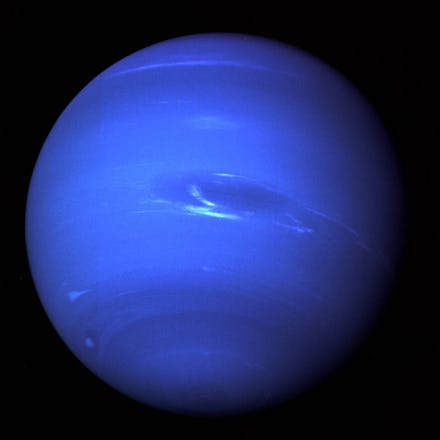Kepler's Miniature Neptunes Could Help Us Figure Out How Our Solar System Formed

A rare planet system discovered by the Kepler Space Telescope may hold clues to how our own solar system evolved, according to research published in the journal Nature.
The planet system contains four miniature Neptune planets (planets larger than Earth but smaller than Neptune), all doing a synchronized dance around their star.
For every three times the fourth and outermost planet orbits its star, the third planet orbits four times, the second planet orbits six times and the inner planet orbits eight times.
This kind of locked orbital pattern is called "resonance." It's common between two planets, but exceptionally rare among four. The host star is also about 6 billion years old, so it's surprising the planets have stayed in sync for so long.
"These resonances are extremely fragile," co-author Daniel Fabrycky said in a statement. "If bodies were flying around and hitting each other, then they would have dislodged the planets from the resonance."
Astronomers are interested in this planet system because they believe Jupiter, Saturn, Neptune and Uranus once followed the exact same orbital pattern. They were probably knocked out of resonance by stray asteroids or tidal forces tugging them apart.
The researchers behind the new paper also think studying planet systems like this will help us figure out how planet systems evolve, specifically if most planets remain stationary around their stars or if they move closer or farther away over time.
"Basically, this system is so peculiar in the way that it's locked into resonances that it strongly suggests that migration is the method by which the planets formed — that is, migrating inward toward the star after forming farther out," co-author Howard Isaacson said.